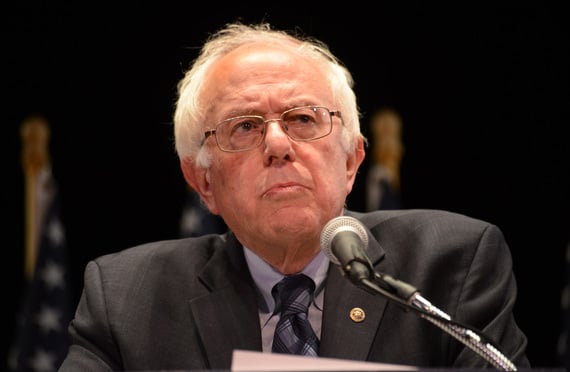Julio Portalatin, president and CEO of Mercer, is urgingCongressional leaders to reconsider the increases in premiums tothe Pension Benefit Guaranty Corp.authorized with the passage of the Bipartisan Budget Act of2015.
|In a letter to the majority and minority leaders of bothchambers of Congress, Portalatin called the increases “unnecessary”and “counterproductive” to PBGC’s goal of protecting and enhancingthe country’s retirement security.
|Pressed up against the threat of defaulting on its obligations,the budget deal passed the House and then the Senate in a matter ofdays.
|It extends the country’s debt ceiling and increases spending byabout $80 billion over the next two years.
|The budget bill pays for the increased spending in part withrevenue raised by the premium hikes.
|In 2015, the per-participant amount for the flat-rate premium is$57 in 2015. Next year it is set to go to $64, an increaseauthorized by the 2013 transportation bill.
|The budget bill authorized more increases, scheduling theper-participant rate to go to $68 for 2017, $73 for 2018, and $78for 2019.
|Those were authorized in spite of the improving funding statusof PBGC’s single-employer program. Its 2014 funding deficit of$19.3 billion is expected to shrink to $4.9 billion by2024—a $3 billion improvement from estimatesmade just last year.
|That improvement is largely explained by recent premiumincreases.
|In 2014, sponsors paid $3.8 billion in premiums, up from $2.9billion in 2013 and a record in payments to theagency.
||In his letter, Portalatin asks both the Republican andDemocratic leaders of each chamber to “help” the rest of the bodiesto “resist future increases by ending the budget scoring practicethat lets them look like revenue gains for the government eventhough they cannot, by law, be used for anything other than thePBGC insurance program.”
|He quotes PBGC’s own thoughts on the program’s health, conveyedin its 2013 projections report, which said it “is highly unlikelythat the single-employer program will run out of funds in the next10 years.”
|Alan Glickstein, senior retirement consultant at Towers Watson,conveyed an opinion shared by pension experts across the industrywhen the White House released the new rate hikes in its proposedbudget.
|“There is no good reason for Congress to go back to the sameplace to raise revenue and encourage more plan sponsors to de-risktheir pension plans, which is exactly what these new increases willdo,” Glickstein told BenefitsPro.
|Score keepers can now add Mercer and Portalatin to the growingchorus of experts, which includes former PBGC director JoshGotbaum, who think the new hike will only accelerate a growinginstinct in corporate American to de-risk pension obligations.
|“We believe unreasonably high PBGC premiums are actuallyaccelerating the decline of the very plans that PBGC should besupporting and are thereby reducing the amount of premiums thatwill actually be collected by the agency,” wrote Portalatin.
|In 2014 the per-participant flat rate premium was $49, and in2011 it was $35, meaning the new rate increases will ultimatelyrepresent a more-than 100 percent increase in less than 10years.
|“We at Mercer know first hand that the $16 billion (over 10years) in increased PBGC premiums enacted in 2012 and 2013 arealready pulling important resources from other key businesspriorities and undermining employers’ desires to maintain pensionplans,” added Portalatin.
|He called the successive increases a “material” risk for theprivate pension system.
Complete your profile to continue reading and get FREE access to BenefitsPRO, part of your ALM digital membership.
Your access to unlimited BenefitsPRO content isn’t changing.
Once you are an ALM digital member, you’ll receive:
- Critical BenefitsPRO information including cutting edge post-reform success strategies, access to educational webcasts and videos, resources from industry leaders, and informative Newsletters.
- Exclusive discounts on ALM, BenefitsPRO magazine and BenefitsPRO.com events
- Access to other award-winning ALM websites including ThinkAdvisor.com and Law.com
Already have an account? Sign In
© 2024 ALM Global, LLC, All Rights Reserved. Request academic re-use from www.copyright.com. All other uses, submit a request to [email protected]. For more information visit Asset & Logo Licensing.








